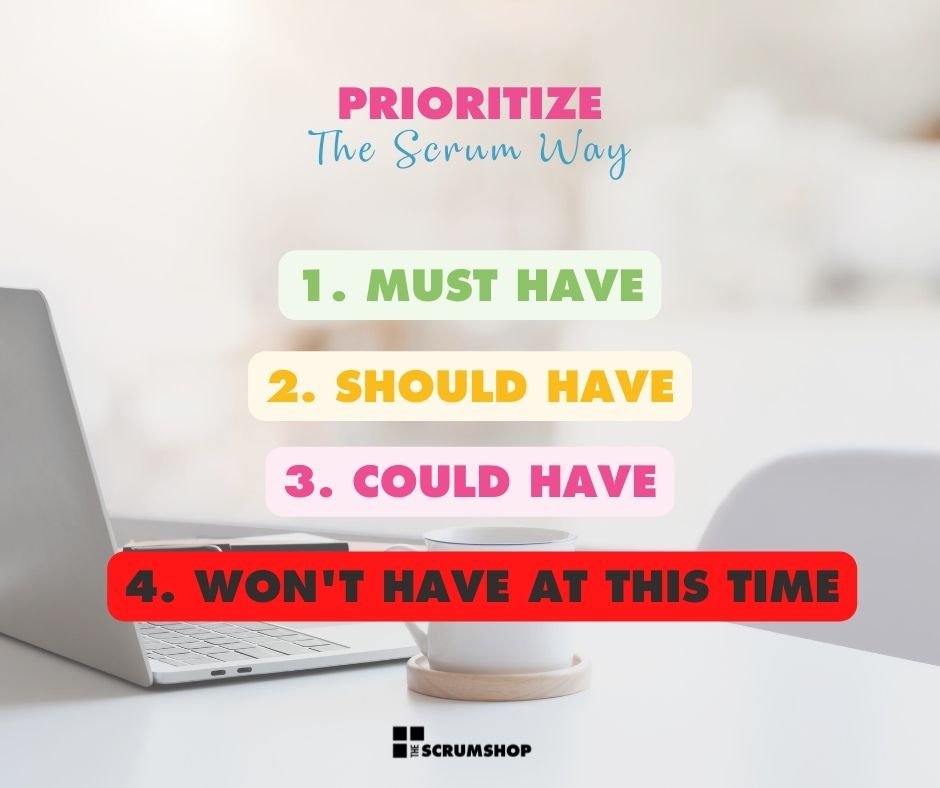How to Set Deadlines You Actually Keep
As an online coach, course creator or service professional, you probably know that your to-do list is never-ending. You have your weekly content to create, marketing, and promotion of your work, but you undoubtedly have projects too. But wait! Within those projects, you have many tasks and the volume of work can be overwhelming. On top of it all, you have deadlines you want to meet to keep the momentum going in your business.
The problem? You can’t seem to meet your deadlines.
The good news is that it’s not your fault! You just haven't learned the skill of planning a project and setting realistic timelines you can keep.
Don’t set Arbitrary Deadlines
An arbitrary deadline is a deadline that you impose simply because of your want to get something done. But desire is not enough when you are trying to keep all the balls of your business in the air.

In this case, the deadline you create is based on emotions, desires, and... nothing really. There is no logic behind the deadline. If you are in the habit of setting these types of deadlines, you probably already know they don’t work. I like to think of these as a desired target date. This desired target date can be useful to set a realistic timeline but should not be a hard deadline.
A realistic timeline is set using some basic measurements of the work before you. Instead of setting an arbitrary date, you will set the timeline based on estimates, scope and schedule. However, it takes just a bit of work to reveal accurate estimates so you can set your scope and fit it into your schedule.
Determine a Timeline Instead
A realistic timeline is set using some basic measurements of the work before you. Instead of setting an arbitrary date, you will set the timeline based on estimates, scope and schedule. However, it takes just a bit of work to reveal accurate estimates so you can set your scope and fit it into your schedule.
How to Set a Realistic Timeline
So how do you set a realistic timeline? Let’s take a look.
Group Work into a Project
First and foremost, group your work into projects. Projects can be easier to work with because while you work on individual tasks, you still understand how that task fits into the larger project, which helps you stay focused on the larger goal of the project.
Set Milestones for Your Project
You can now break down your project into milestones. Those milestones will help you segment your work and create smaller celebration points to help you stay motivated. To see your progress through the project by reaching your milestones, you will feel more accomplished and you can create mini resting points and take a minute to review the big picture and regroup for the next push.
Break Milestones Down into Tasks
Once you have milestones, begin breaking down those milestones into smaller tasks. The idea here is to break them down into tasks that you can easily estimate. Ask yourself how long you expect the task to take. If you can’t estimate it, or think it will take longer than 4 hours to complete, try breaking it down even further.
Work in Sprints
Now that you have broken your work down into milestones and estimate-able tasks, you will now being the process of scheduling your work into sprints.
Sprints are small chunks of time where you focus on small chunks of work that collectively add up to reach milestones.
At THE SCRUM SHOP©, we use 2-week sprints because it allows for more flexibility than 1 week and is still short enough to prevent you from having too much work in your sprint, which can feel overwhelming.
Learn more about working in Sprints:
Join the Take Charge of Your Biz Challenge.
You'll learn about Scrum as part of our productivity and implementation system
that will change your life and your business!
To do this, take a little extra time to estimate and prioritize your work.
Estimate Your Tasks
Accurately estimating tasks is one of the hardest things you will do and is where projects often fail to meet deadlines. If you are struggling to determine how long a task will take and you have broken it down, simply use the "rule of the breadbox."
“Is it bigger than a breadbox, or smaller?”
Start with 1 hour and ask yourself if it will take longer or shorter than 1 hour. If more, bump it to 2 hours and so on, until you feel comfortable with your estimate.

Prioritize Your Tasks
Prioritizing your work comes throughout your planning process but once you have estimated your tasks, you can prioritize your work based on the importance of the task and your schedule. You will continue to prioritize throughout your sprint so you can make adjustments when issues arise that affect your schedule.
Using the Scrum method you can quickly prioritize and mark each task as must-have, should-have, could-have or won't-have-at-this-time. This practice can help you cut the fluff when in a time jam so you can still make your deadline and address the low priority items during continuous improvement.

Schedule Your Work
Now that you have done all this, you need to schedule your work. This is where time blocking comes in. You don’t want to schedule work that requires 10 hours of full focus with no disruptions if you only have 4 hours of uninterrupted time.
Being realistic here is the key.
Now here is where you must plan so you can keep all those balls in the air.
Suppose you have other work such as content creation and email and social media marketing. In that case, you will want to schedule in time for projects but not overload yourself, so you don’t have time to be consistent on content creation and marketing.
You might see that it could take multiple sprints to complete a project, but if you are working on your projects consistently, you will be able to complete many projects throughout the year.
Using the strategy outlined, you can set more accurate timelines and by working in sprints, you can determine how many sprints a project will take. This strategy will work if you practice it and commit to improving your estimating, prioritizing, and planning skills with each project. Life will get in the way on occasion so show yourself grace when things don’t work out exactly how you planned. However, if you use this strategy, you will meet your timelines more often than not.
Other Resources:
👉 Agreeing on Deadlines With Yourself Just Doesn’t Work: Here’s What Does by Timo Kiander
👉 How To Take Your Own Deadlines Seriously by Jari Roomer
👉 6 Tips That Will Make You Meet The Deadline You Set For Yourself by Think Marketing Magazine








